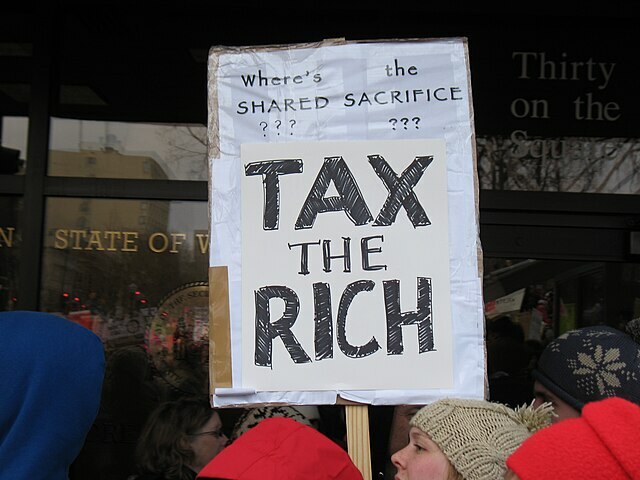While the federal government’s deficit and debt grow, it seems families and state governments have become better savers during the current recovery. North Carolina’s budget picture is improving, with revenues beating projections for the fourth year in a row and another boost expected in the current fiscal year.
The final report for North Carolina’s Fiscal Year (FY) 2017-18, which ended June 30, from the General Assembly’s Fiscal Research Division showed revenues up $440 million higher than projected during budget negotiations in 2017, a 1.9-percent increase. Similar increases have become the norm as a strengthening economy and conservative estimates have combined to provide positive surprises. Actual appropriations came in $284 million (1.2 percent) less than budgeted. Together, the changes resulted in a $724 million larger fund balance than expected in 2017, bringing the total to $1.2 billion, more than 5 percent of General Fund appropriations.
Revenue expectations for the current fiscal year, which started in July, climbed $276.5 million from the initial forecast in 2017. Federal tax reform is expected to add another $59 million. With the higher revenue expectations and larger unspent balance, the budget for FY 2018-19 leaves $654 million to help start next year. Even with the extra availability, budget writers will likely need to show more restraint in appropriations for FY 2019-20.
North Carolina’s surplus was much more common this past year than in previous years. Whereas 17 states had extra money at the end of FY 2016-17, 39 spent less than they collected in FY 2017-18. Other states are also building their rainy-day funds. The Savings Reserve in North Carolina is over $2 billion, 8.8 percent of actual General Fund appropriations for the year. Such a large stockpile of unspent funds can attract attention, and cities in Ohio are pushing to get more of that money. But that state faced a $7.7 billion projected shortfall with just 89 cents in its rainy-day fund in 2011. North Carolina let a billion-dollar temporary sales tax hike expire that year, forcing legislators to confront the imbalance that years of spending and inadequate saving had created. Given the recent past, both states’ decision to build savings is understandable.
John Hicks, executive director of the National Association of State Budget Officers, defended states’ building of rainy-day funds in the New York Times. “We’ve learned our lessons over the last two or three recessions,” Hicks said. “The economy goes up, it goes down. There has been a lot of pressure on governors to put money away.”
Families also are saving more money and more than previously thought, according to new data from the Bureau of Economic Analysis. Savings rates usually fall in an economic recovery as house prices and other assets rise in value, and the data had shown a similar trend during the current recovery. The latest numbers, however, show the savings rate was higher in 10 of the last 11 years than previously thought, and it has remained relatively high even as the economy strengthened. In the most recent quarter, the savings rate of 6.7 percent doubled the earlier estimate of 3.3 percent. It may be that the slow pace of economic growth and incomes kept expectations low and spending could pick up, or it could be that people were as scarred by the loss of wealth as governments were.
The good news only goes so far. Despite the increased savings, total consumer debt still tops $13 trillion, with unsecured debt for credit cards, consumer loans, and store credit over $1 trillion. Local governments, particularly small rural towns, are struggling financially in North Carolina and elsewhere. State governments also continue to have significant unfunded liabilities for future retirees’ health and pension benefits. The federal government’s financial picture is even worse.
While the tax cuts passed in December 2017 along party lines could have been excused if they were accompanied by spending discipline, Congress showed a bipartisan disregard for good sense with the spending plan passed in early 2018. Even worse, instead of seeking ways to reform entitlements that will run out of money as early as 2026, Sen. Marco Rubio seeks to divert Social Security funds to create a new family leave benefit. Demands for government-provided basic incomes and health care continue to grow louder as well, regardless of the price tag and without consideration of replacing current programs but only of adding to them.
Federal government expansion will continue until other people stop giving it money, but that will take longer than most of us imagine. States and families are wise to rediscover the benefits of saving for the future because it will be here sooner than we think. Saving now also means more opportunity in the future for ourselves and our children.


